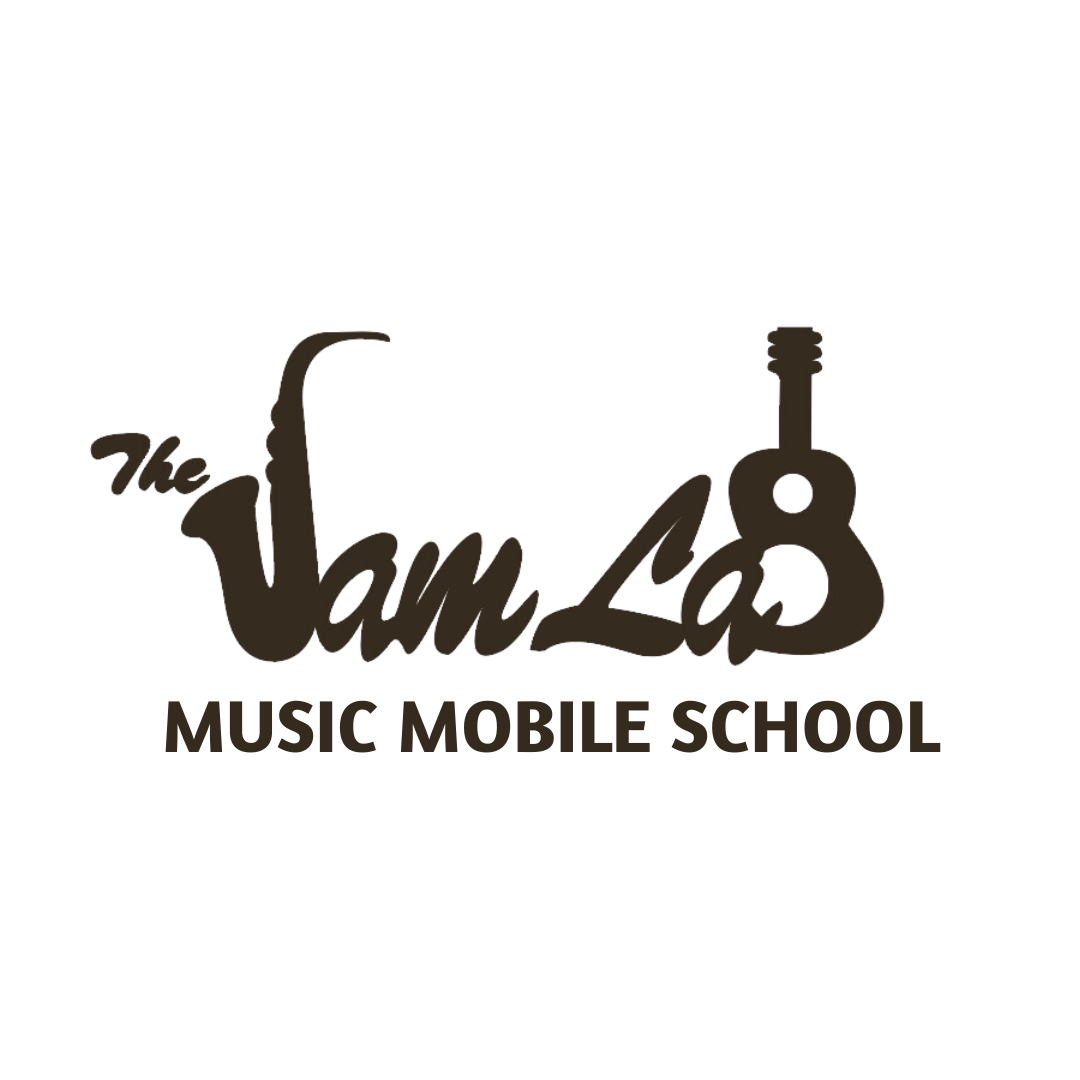Teaching Children Under 10: 13 Strategies for Success in Music Education
Short attention spans, limited abilities, behaviours, your expectations, parents expectations…sound familiar? Teaching to young kids (10 and under) presents its own sets of challenges.
Here are 13 tips, tricks and suggestions on how to teach this age group more effectively!
Check Ins: First things first, always check in with your students. Let them know that you are interested in them as people first. How’d the day go? Give me two highlights and one low light from your week? Building relationships with your students creates buy in to your lessons.
Lay Out The Day: Quickly create an agenda for the day. Children like to know what they can expect in their lesson. Ex. Check In, Warm Up, Song From Last Week, Brain Break, New Skill.
Involvement: Involve your students in the decision making process. Is there a certain song you’d like to learn? What would you like to work on? By asking these types of questions we can foster student ownership of their own learning.
Expectations: Check your own expectations. Are you trying to create the next virtuoso or are you trying to engage someone with music, help them build a relationship with it and help them build a love for it and learn how to interact with music?
Musical Storytelling: Choose a children's storybook and read it aloud, incorporating music into the narrative. Encourage children to play simple instruments or use their voices to represent characters or events in the story. This helps them understand the connection between music and storytelling.
Rhythm Games: Teach rhythm using games like "Rhythm Simon Says" where children mimic your claps, snaps, or drum beats. You can gradually increase the complexity of the rhythms as they progress.
Music and Movement: Incorporate dance and movement into your lessons. Play different styles of music and encourage children to express themselves through movement. This can be a fun way to introduce them to various genres.
Songwriting: Encourage creativity by guiding children in writing their own songs. Start with simple lyrics and melodies, and let them express their thoughts and feelings through music.
Instrument Exploration: Introduce children to various musical instruments. Let them touch, feel, and try to play different instruments like keyboards, drums, xylophones, or even homemade instruments.
Music and Math: Show the connection between music and math by teaching concepts like rhythm, time signatures, and fractions. Use visuals and hands-on activities to make it engaging.
Listening Sessions: Play various pieces of music from different genres and eras and have discussions about what the children hear. Encourage them to express their feelings and thoughts about the music.
Music and Emotions: Explore how music can convey different emotions. Play music that represents various moods, and ask children to share how the music makes them feel.
Performance Opportunities: Participate in Family Jams or connect with the JamLab about band or ensemble opportunities. Students can also perform for their families at the end of the month.This boosts their confidence and gives them a goal to work toward.
Ready to kickstart the musical journey for your child? Complete our SmartMatch form, and we'll connect you with the ideal musical mentor for your little one!

